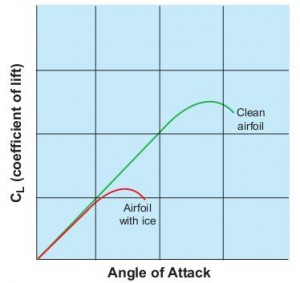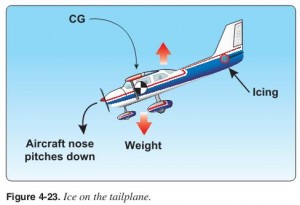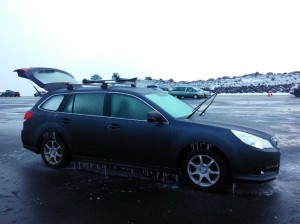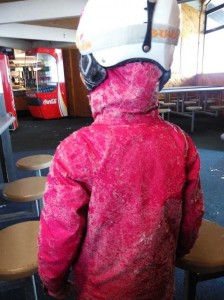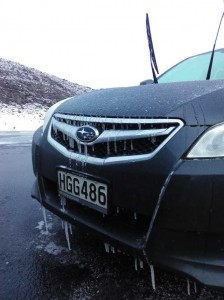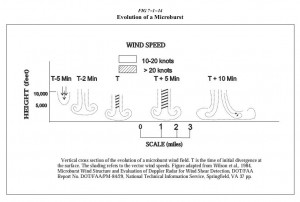FAA-H-8083-15B, Instrument Flying Handbook, Page 4-14
当机翼结冰时,如果迎角很小时,对升力系数的影响很小,但是如果迎角变大,升力系数就差别很大了。
Most aircraft have a nose-down pitching moment from the wings because the CG is ahead of the CP. It is the role of the tailplane to counteract this moment by providing a downward
force. The result of this configuration is that actions which move the wing away from stall, such as deployment of flaps or increasing speed, may increase the negative AOA of the tail. With ice on the tailplane, it may stall after full or partial deployment of flaps.
大多数飞机都存在低头力矩,因为重心在升力中心前,水平安定面产生向下的力平衡飞机。如果水平安定面积冰,飞机将产生无法控制的低头力矩。如果此时增加空速或者放出襟翼,那么升力会变得更大,尾部的负迎角更大,使飞机的低头力矩更大。

